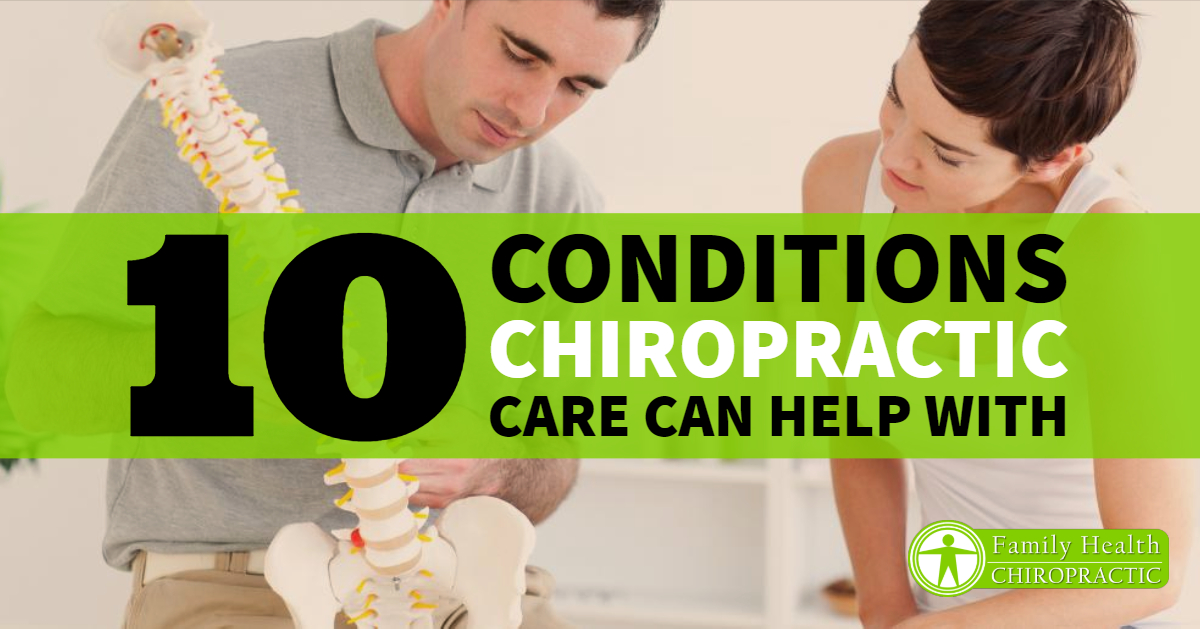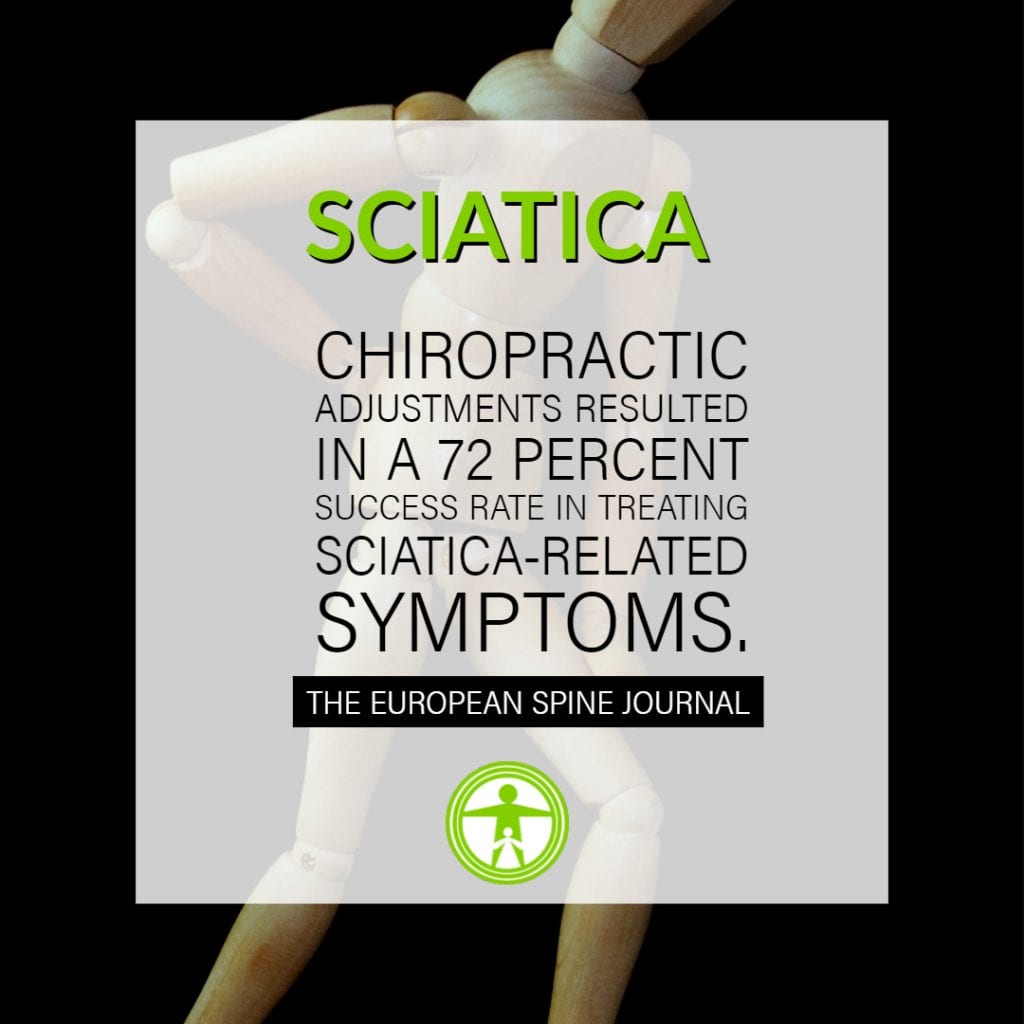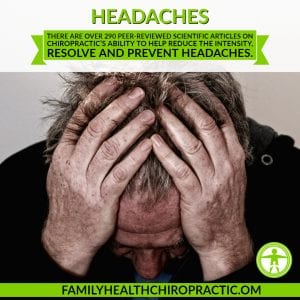10 Conditions Clinically Proven to Benefit From Chiropractic Care
“Look well to the spine, For the Cause of Disease.” – Hippocrates
SCIENTIFIC EVIDENCE EXISTS SUPPORTING CHIROPRACTIC CARE
Chiropractic care is now backed up by scientific research and literature. Every single time a chiropractic adjustment is performed, we are affecting the health of all internal organs in the body! Modern imaging and physiological measurements have revealed that chiropractic adjustments impact that hypothalamus (part of the brain controlling homeostasis) and the prefrontal cortex (part of the brain controlling behavior, personality and decision making).

It's pretty clear that most people start searching for an Austin chiropractor when they experience neck or back pain. However, there is more scientific research supporting the benefits of chiropractic for those who are interested in taking a proactive approach to their health.
Most people would be surprised to hear that chiropractic care can influence our bodies in so many powerful ways including:
- Normalizing Blood Pressure
- Improving Mood and Attention
- Regulating Blood Glucose
- Boosting Brain Function (HUGE!)
- Impacts Fertility
- Improves ATP formation – which is a “game-changer” for anyone with chronic fatigue
- Influences Telomere Length – one of GREATEST “anti-aging” strategies in health today!
- Heart Disease – #1 contributor to heart disease in men and women is increased sustained sympathetic tone
- Immune System – Radically affects the immune system. Better than any marketable strategy medicine has to offer
While all these benefits have been demonstrated in peer reviewed research, this article is going to be about the most common conditions that are clinically proven to get better with chiropractic care.
Sciatica

Chiropractic adjustments are hands down the best, safest and most conservative treatments for back pain or pain that radiates from your glutes to your legs (ie Sciatica).
The European Spine Journal published findings from a clinical trial uncovering how chiropractic adjustments resulted in a 72 percent success rate in treating sciatica-related symptoms. (1)
This study also compared chiropractic adjustments to the success rate of physical therapy (20% improvement) and corticosteroids (50%).
A randomized, double-blind study published in the Spine Journal compared active versus simulated chiropractic manipulations (placebo) on patients with sciatic nerve pain. The researchers found that those who received active manipulations recovered faster than those who were given placebo.
Active manipulations reduced the number of days patients experienced moderate or severe back pain and other sciatica symptoms, and also caused no reported adverse effects. (2)
Low Back Pain and Neck Pain
There are way too many studies to reference the success of chiropractic treatment for neck and back pain.
People who suffer from neck pain state that they are either “Very satisfied” or “Satisfied” with the chiropractic care. In fact, according to one study, over 98 percent said that they “Definitely would” or were “Very likely” to choose chiropractic care again if they experienced a similar problem. (3)
In a 2003 study published in the British Medical Journal, 183 patients with neck pain were randomly allocated to receive either manual therapy (spinal mobilization), physical therapy (mainly exercise) or general practitioner care (counseling, education and medications) over the course of a 52-week period.
The clinical outcome measures showed that chiropractic adjustments resulted in faster recovery than physical therapy and general practitioner care. Moreover, total costs of the chiropractic-treated patients were about one-third of the costs of physical therapy or general practitioner care. (4)
It's interesting that most people don't think about seeing a chiropractor first. Especially when all the research indicates that chiropractic adjustments are more effective and cost less?
In a study funded by NIH’s National Center for Complementary and Alternative Medicine, researchers wanted to evaluate the effectiveness of different approaches for treating neck pain.
Out of 272 participants divided into three groups (Chiropractic, Medical Care and Home Exercise), about 57 percent of those who met with DCs, and about 48 percent of those who exercised, reported at least a 75 percent reduction in pain.
As a comparison, 33 percent of the people in the medication group reported decreased pain. After one year, approximately 53 percent of the two drug-free groups (chiropractic and exercise) continued to report at least a 75 percent reduction in pain, compared to an average of just 38 percent pain reduction among those who only took medication. (5)
Headaches (Tension and Migraine)

At the time of writing this article, over 290 peer-reviewed articles referenced chiropractic’s ability to help reduce the intensity, resolve and prevent headaches in people all across the globe!
A group trial found that 22 percent of people who had chiropractic treatment saw the number of attacks drop by 90 percent. In that same study, 49 percent said they had a significant reduction in pain intensity. Compared to most medical treatments, few interventions can initiate headache relief naturally, without the risks of taking drugs long-term, like chiropractic adjustments can. (7)
Colic, Acid Reflux and Ear Infections in Children
 Colic
Colic
A review published in the journal Explore found that chiropractic adjustments helped greatly reduce colic symptoms.
In the report the authors stated, “Our review revealed that chiropractic care is a viable alternative to the care of infantile colic and congruent with evidence-based practice, particularly when one considers that medical care options are no better than placebo or have been associated with adverse events.” (8)
Acid Reflux
Although very few randomized control trials have been conducted describing the clinical effects of chiropractic care on children, many case studies have been documented that describe how children suffering from ear infections and acid reflux have experienced complete to near-complete resolution after just a few visits with a chiropractor.
One study found that in children with acid reflux, “Notable improvement in the patient’s symptoms was observed within four visits and total resolution of symptoms within three months of care.” (9)
Ear Infections
First, It's important to recognize that the primary treatment for ear infections is antibiotics.
A study from the 2010 Journal of Epidemiology showed that infants receiving two or more rounds of antibiotics in the first six months of life will have an 72 percent greater risk of developing asthma.
That said, when children were given chiropractic adjustments for ear infections, 93% of all episodes improved and 75% improved in ten days or fewer. 43% had improvement with only one or two treatments. This is another study that serves to show how chiropractic care may decrease the symptoms of ear infections in young children. (10)
Blood Pressure
In 2007, a study published in Human Journal of Hypertension showed that one upper cervical chiropractic adjustment has the same effect as two blood pressure-lowering medications!
This study consisted of observing blood pressure in patients who received chiropractic care, sham adjustments (control group) and blood pressure medication.
Compared to the placebo-treated patients, those who got the real procedure saw an average 14 mm Hg greater drop in systolic blood pressure (the top number in a blood pressure count) and an average 8 mm Hg greater drop in diastolic blood pressure (the bottom blood pressure number). (12)
Other studies have shown similar findings with hypotensive patients, and their low blood pressure was raised to normal levels after chiropractic care. This is exciting because it highlights the body’s ability to create a homeostatic balanced environment once spine misalignments are removed.
Preventing Surgery

In fact, the Journal of the American Medical Association just recently published its low back pain guidelines and suggested that people suffering from back pain first try chiropractic before resorting to surgery.
In a study published by the journal Spine, researchers found that the odds of undergoing back surgery for low back pain were reduced if a patient saw a chiropractor before a medical doctor for treatment.
Frozen Shoulder
Frozen shoulder, also known as adhesive capsulitis, is the inability to move your shoulder – either because of extreme pain or tenderness.
A clinical study was recently published demonstrating positive changes and improvement of frozen shoulder while under chiropractic care.
Of the 50 patients who participated in the study, 25 patients showed 75-90% improvement; eight shoed 50-75% improvement and one showed 0% improvement.
Prior to treatment, the majority of patients reported an average of 9 out of 10 on a pain scale (with 10 being the most intense pain). After treatment, the median score dropped down to a 2. (13)
Performance

Because it is so effective at pain-based and pathological conditions, one of the most overlooked aspects of chiropractic care is that it enhances functionality in everyday life, and also athletic performance.
Studies have shown that when it comes to supporting recovery and improving physical performance, chiropractic is helpful because it:
- Reduces inflammatory cytokines
- Boosts the immune system
- Enhances pulmonary function
- Decreases mental and oxidative stress
- Relieves muscle tension
- And can naturally increase energy levels
Meanwhile, chiropractic can address sports injuries to areas of the body referenced above, including the lower back, shoulder, hips and more. “Chiropractic care can help with a multitude of sports injuries such as tendonitis, sprains, strains, back and neck pain. The goal is to help reduce inflammation, enhance joint function and reduce pain. It will also help improve range of motion, minimize recovery time, and maximize athletic performance.”
Final Thoughts
Chiropractic adjustments work by helping to place your body in the proper position which then allows the body to heal itself.
One of the key focuses of chiropractic care is realigning the spine and thereby reducing pressure placed on sensitive nerves, which can contribute to dysfunction of the central nervous system.
Chiropractic can be a complementary medical approach to mainstream medicine as well, and it’s been proven to be one of the safest approaches to naturally and holistically treating patients with a wide range of symptoms or conditions, including: back or neck pain, sciatica, scoliosis, frozen shoulder, acid reflux or digestive issues, headaches, high blood pressure, injuries and neuromusculoskeletal complaints that may require surgery.

 Colic
Colic
